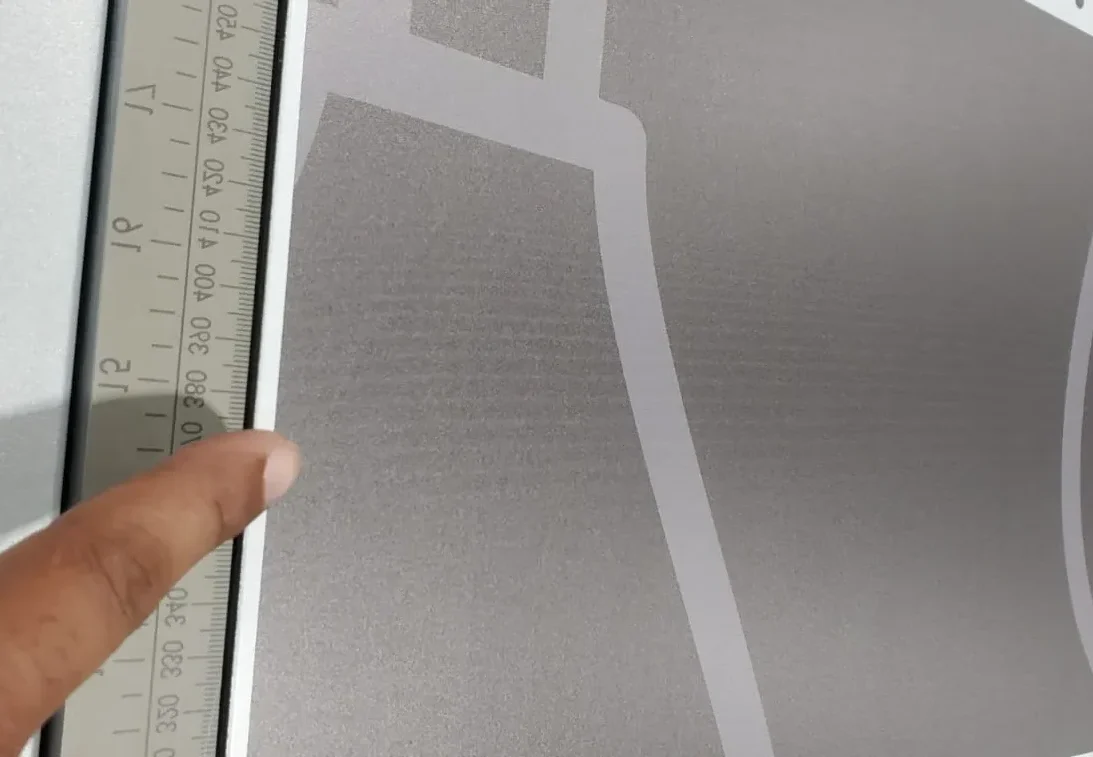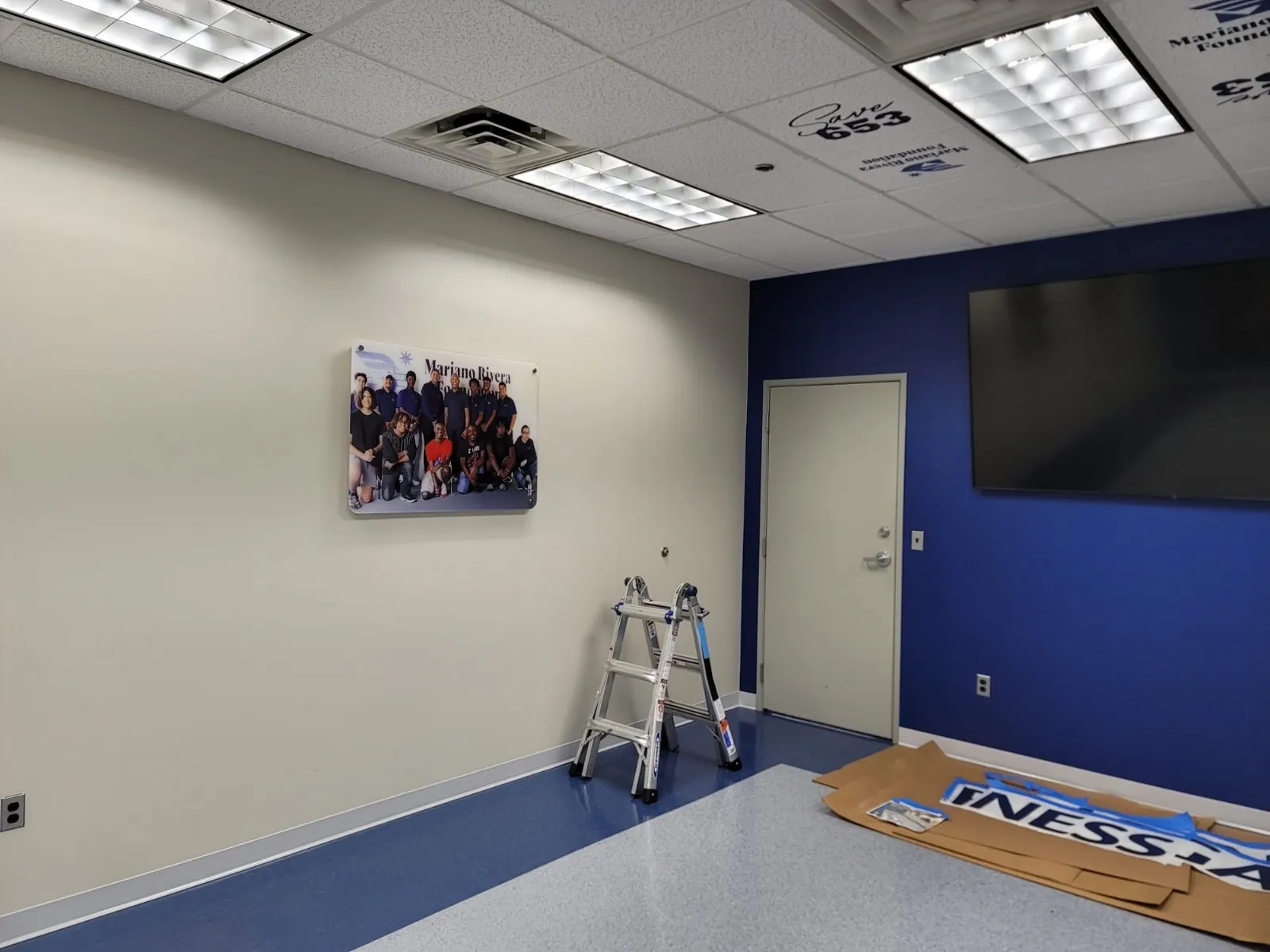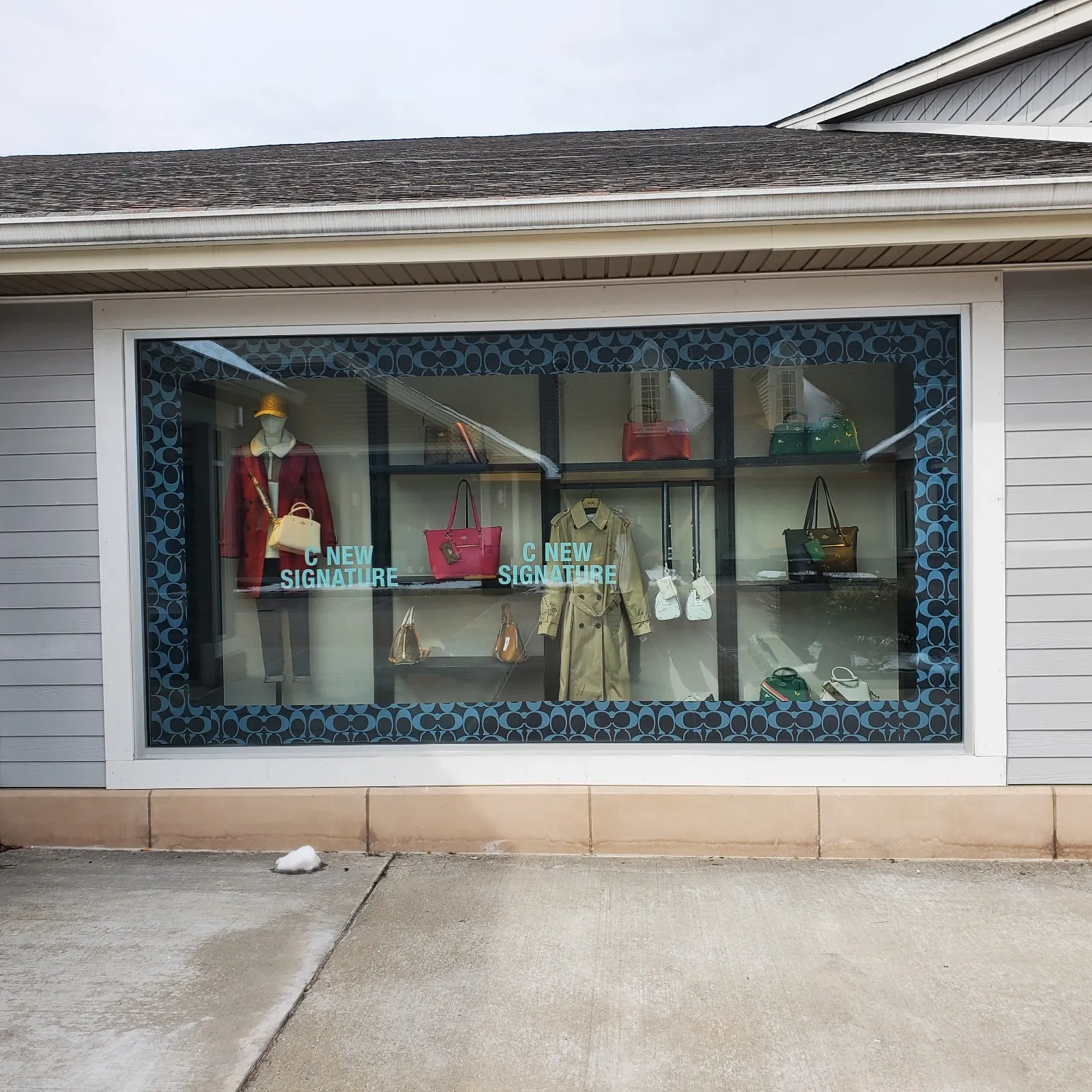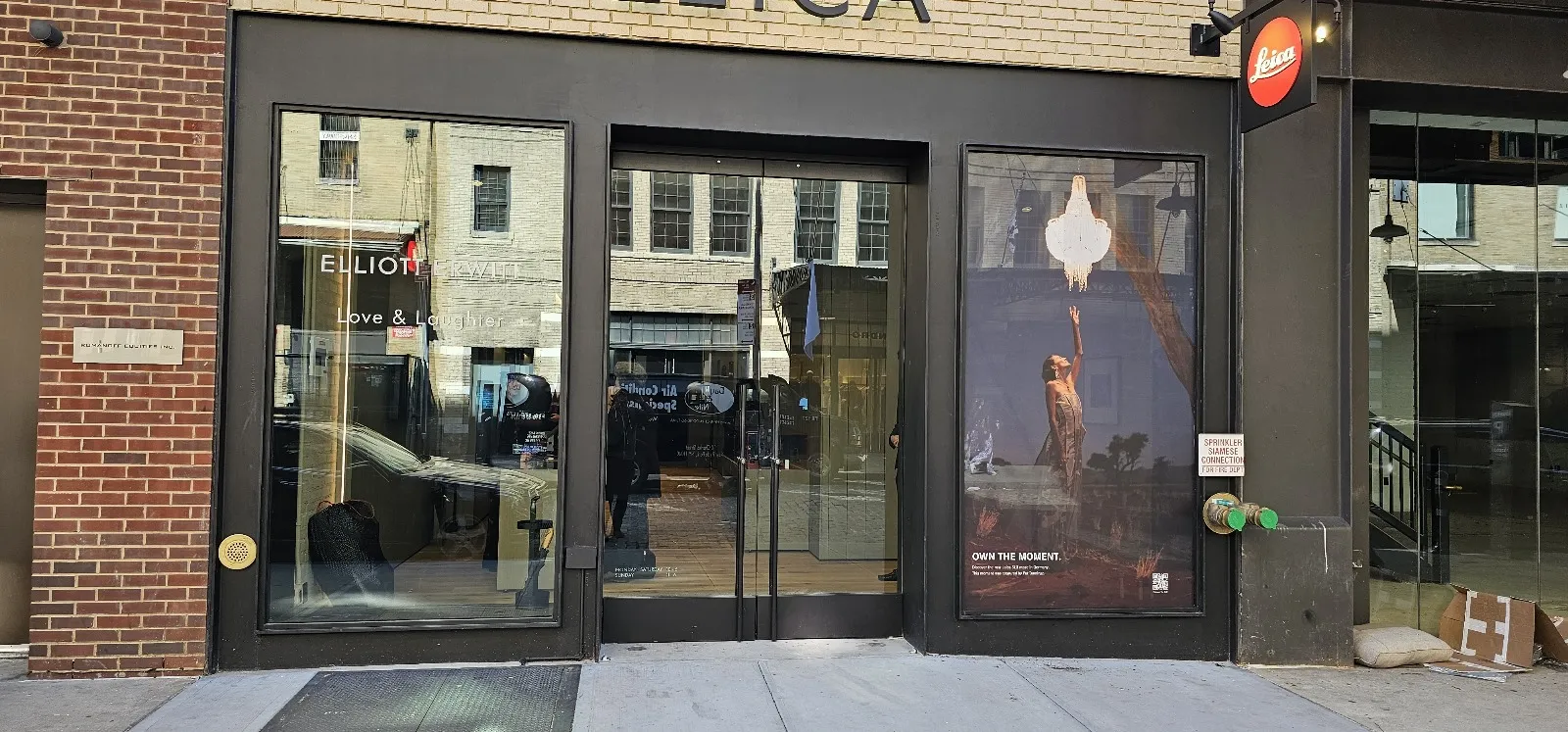UV LED ink adhesion is a very interesting topic since ink manufacturers are now using a neutral (all purpose) ink to print on roll to roll, hybrid and flatbed printers that print on flexible and rigid materials. The ink manufacturers try to make a neutral (all purpose) UV LED ink to adhere to a wide variety of materials/substrates and this is just not possible. This can cause some issues, where you say it feels sticky, this may be because the ink series you are using with the rigid material is a flexible ink. Some of these neutral UV LED inks are more flexible than others while some of them are more hard curing.
It is strange that an adhesion promoter would not help with the ink adhesion to some printing materials, but it may not be the proper one for the material you are printing on.
Below is a list of printing materials that are Low surface energy or low surface tension materials:
- ACM
- ACP
- Glass
- Metal
- Iron
- ACM
- ACP
- PP foam board
- Acrylic
- MDF
- Ceramic
- Polypropylene
Polyethylene and polypropylene are more commonly treated substrates, since they have the lowest surface energies.
These materials have low surface tension or low surface energy that makes ink hard to adhere well. These types of rigid materials need to be used with the UV LED primers so the ink can adhere well to them. There is a special primer to be used with glass. There’s a different primer to be used with acrylic and also there’s a different primer to be used with metal and aluminum.
You should try using an UV LED adhesion promoter/primer to help with ink adhesion. For example, rigid polypropylene is difficult to print even with solvent based screen and pad printing ink. UV LED inks would also be much harder to print with. The reason for this is because of the Low surface energy of the material. For the UV LED ink to adhere well, you must increase the surface energy of the material. This is where the adhesion promoter such as PP Primer come in handy. What is PP primer? Polypropylene adhesive primer is designed for use on low-surface-energy, difficult-to-bond plastics such as polypropylene and polyethylene. Reduces surface tension for a better bond. Promotes adhesion to Polypropylene & Polyethylene.
Polypropylene Primer is used for hard-to-bond surfaces such as polypropylene plastics–typically denoted by PP. These surfaces typically have a low surface energy (LSE) which prevents ink, paint, and adhesive from bonding onto the substrate. The primer increases the surface energy level of the substrate. This is used for hard-to-bond surfaces such as polypropylene plastics like polypropylene, polyurethane, powder coated paints, thermoplastic rubber, stainless steel, and TPO. It dries quickly for fast tape application.
What is the purpose of primer?
A primer or undercoat is a preparatory coating put on materials before printing or painting. Priming ensures better adhesion of ink or paint to the surface, increases ink/paint durability, and provides additional protection for the material getting printed/painted.
Digital inkjet UV LED inks require a primer to effectively bond onto polypropylene plastics.
It has long been recognized that the first step in obtaining good adhesion and print quality is to assure that the ink wets out on the substrate evenly. The more interfacial area between the liquid and the substrate, the greater the possibility to achieve a sufficient bonding.
To achieve this proper wetting of the surface, various surface forces come into play. The primary forces involved are the surface tension of the ink and the surface energy of the film or substrate.
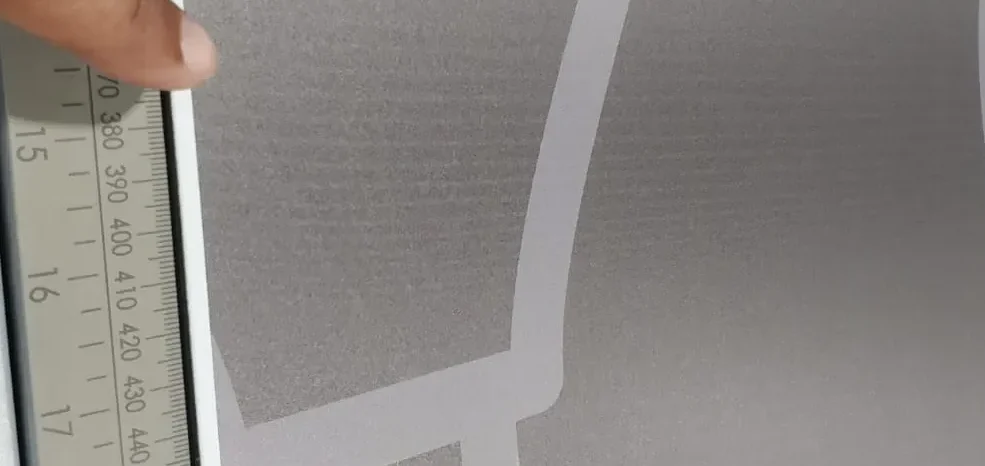
Surface tension is described as a phenomenon that results directly from intermolecular forces between molecules of liquids. In other words, molecules at the surface of a drop of liquid experience a net force drawing them to the interior, which creates a tension in the liquid surface, almost as if the liquid were covered with a tight skin. The surface tension of a liquid is measured in Dynes/cm.
The second force that effects the ability of the ink to wet out properly is the surface energy of the film or substrate. Surface energy is a term used to describe the reactivity of the surface of a solid substance. For practical purposes the surface energy of a substrate is expressed in relation to Dynes/cm as well.
In order for the liquid to sufficiently wet out on the surface of the substrate, the material has to have a high enough surface energy, in relation to the surface tension of the liquid being applied – in this case the UV LED ink. If the tension of the liquid/UV LED ink is higher than the surface energy of the substrate, the molecules of the liquid/UV LED ink would tend to cling together, forming a bead or drop. As a general rule, the Dyne level of the substrate has to be at least ten points higher than the liquid/UV LED ink being applied.
How does surface tension affect ink?
The interaction between surface tension and surface energy has a direct effect on ink-substrate adhesion: High Surface Tension inks tend to bead or drop, resulting in poor adhesion and print quality. Low Surface Energy substrates cause uneven printing and poor adhesion due to improper wetting by the ink.
What is surface tension in printing?
The surface tension of ink determines how well it will adhere to the printing pad and transfer onto the desired substrate. If the surface tension of the ink is higher than that of the product, the ink will contract instead of flow open.
What are examples of low surface energy materials?
Low surface energy, or LSE, plastics include materials such as vinyl, polyethylene and polystyrene and have unique surface characteristics making them harder for pressure sensitive adhesives to stick. These plastics are generally soft and have low density which helps in lightweighting applications.
When working with any polymer, if the material surface energy is relatively low, then any coating will not flow well and fisheyes, pinholes, gaps, or air bubbles can form. If the material surface energy is too high, then the paint, ink, or coating may bleed or be difficult to control. Therefore, the surface tension of the liquid/ink and the surface energy of the material must be matched for the application.
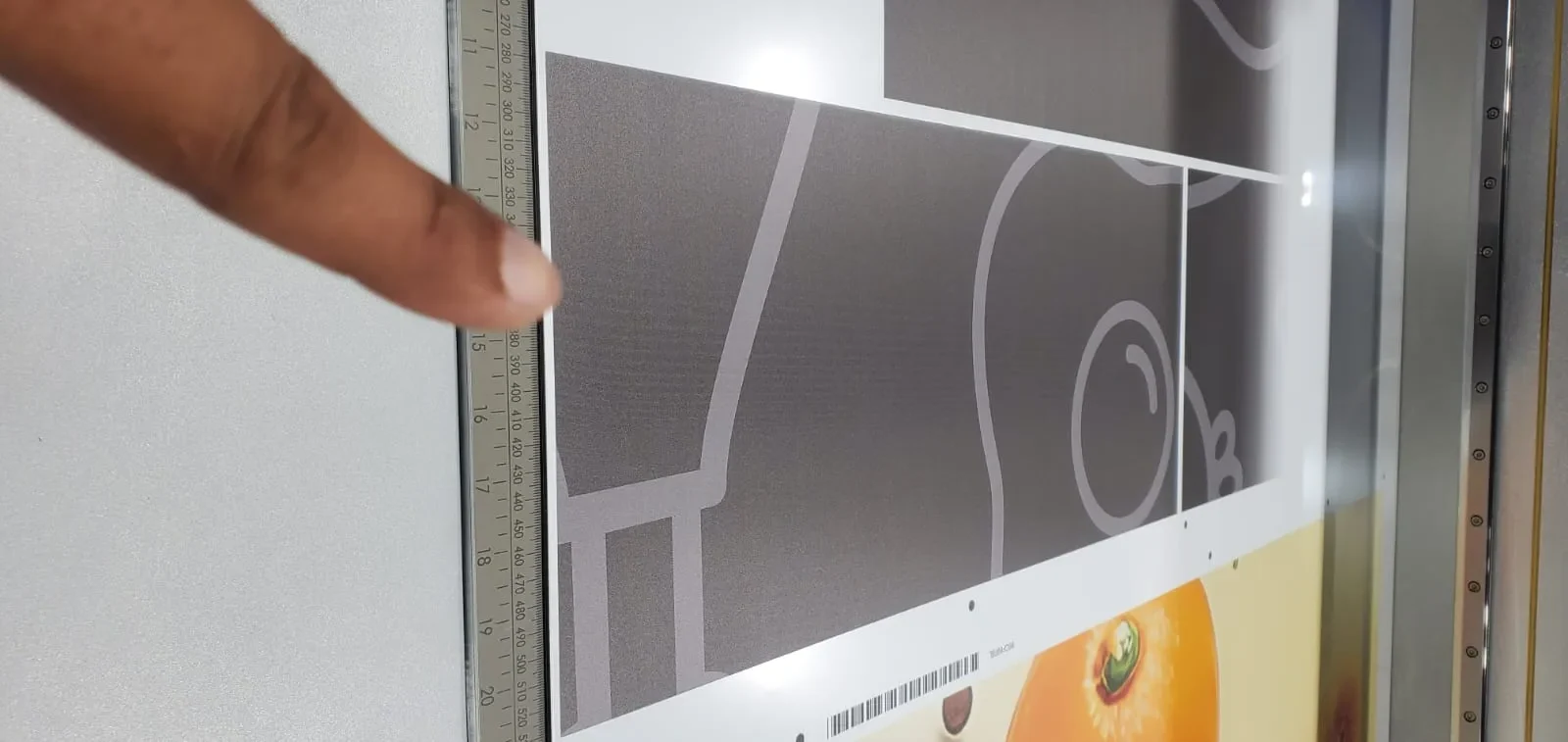
Methods for Improving Surface Energy
To improve the surface energy of plastics and make them more amenable to adhesion, printing, or other applications, methods such as corona, flame, or plasma surface treatment are often used. These processes modify the surface chemistry and increase its energy, making the plastic more receptive to coatings, inks, or adhesives.
Plasma treatment is a surface modification technique that readily primes any surface for better acceptance of secondary manufacturing applications.
Plasma is a reactive treatment process where positive and negative ions, electrons, and radicals react and collide as long as an electric potential difference exists. Use low pressure, or vacuum plasma, for more consistent and longer-lasting surface treatments. With plasma treatment, you can:
- Microscopically change surfaces for improved bonding.
- Micro-clean to enhance the surface wetting of adhesives or over-molded elastomers.
- Functionalize groups (carbonyl, hydroxyl and others) to improve surface energy.
- Establish hydrophobic and hydrophilic properties.
Materials ranging from ceramics, polymers, elastomers and metal assemblies are all good candidates for plasma treatment. In fact, plasma treatment actually boosts production yields by reducing defects caused by insufficient bonding of paints, inks, moldings and other coatings. Building plasma treatment into your manufacturing process upstream can eliminate defective application performance downstream.
Plasma in Practice
Plasma surface treatment is extremely versatile and used in a range of industries. It can enhance biocompatibility, prevent moisture absorption thru hydrophobic treatments, and it improves functionalization and adhesion ― all from a value-driven, green alternative to harsh chemical techniques. It even extends treatment lifetime from days to years.
Like PP is very common signage materials such as Corex/Corroplast or Corflute or Perspex – It is very hard to have good bonding between ink and PP materials.
Fortunately, new technology advancements solve traditional inkjet problems for low surface energy and heat-sensitive substrates, including stretchable elastomers/rubbers, urethanes, nylons, polyolefins and more.
Digital inkjet UV LED printing is far more complex and delicate than analog printing. Digital Inkjet UV LED printing requires the printhead nozzles to fire precisely sized drops with exact accuracy. High-quality digital inkjet UV LED printing systems must simultaneously integrate printheads, fluids/inks, electronic controllers, pretreatment and cure. All of these items must work together to produce the intended results. Most companies investing in digital inkjet UV LED printing technology desire to decorate multiple substrates. Since there are often substantial chemical and physical differences between plastics, even within the same polymer family, it becomes challenging to print on all materials. Chemical primers and surface oxidation pretreatments are often necessary.
At Printers Media Plus, LLC, we have many different types of primers based on the low surface tension materials being used.

